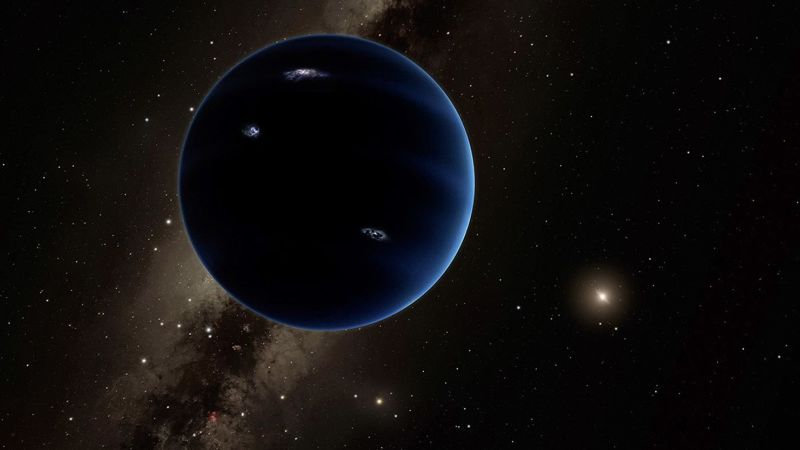Astronomers have long sought new planets in our solar system, and recent research introduces a potential candidate termed “Planet Y.” While no direct evidence of Planet Y exists, studies suggest that the strange orbits of distant Kuiper Belt objects hint at the influence of an unseen planet. Amir Shiraj, a Princeton astrophysics doctoral candidate, indicates that this issue remains unresolved, with potential solutions involving a planet smaller than Earth or larger than Mercury.
The Kuiper Belt’s obscurity has led to multiple hypothetical planets, and the new Vera C. Rubin Observatory promises to enhance observations over the next decade. Shiraj believes that significant findings could emerge within the telescope’s first few years of operation.
Historically, the search for a mysterious “Planet X” began soon after Neptune’s discovery, culminating in the misclassification of Pluto. Recent models propose that Planet Nine—perhaps 5-10 times Earth’s mass—could exist beyond Pluto. Shiraj stated that both Planet Nine and Planet Y could coexist, as the search for Planet Y began from observations of the Kuiper Belt’s unusual tilt.
Through simulations, the research suggests the existence of Planet Y as a smaller body, potentially contributing to the Kuiper Belt’s orbital anomalies. Currently, evidence for Planet Y is statistical but not definitive, with a new wave of data expected from the Vera Rubin Observatory.
Experts are intrigued yet cautious about the findings. While some express skepticism about the existence of a large, distant planet, there is potential for discovering smaller bodies that could explain the observed orbital distortions. The research emphasizes the importance of investigating distant Kuiper Belt objects to better understand the solar system’s formation.
Source link


